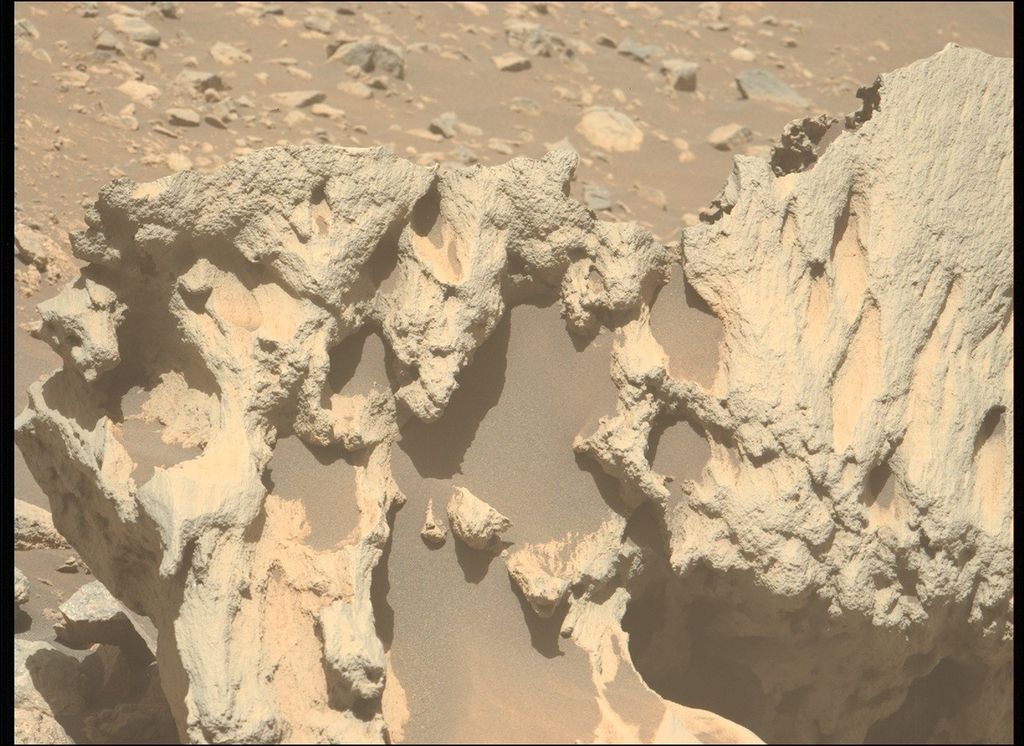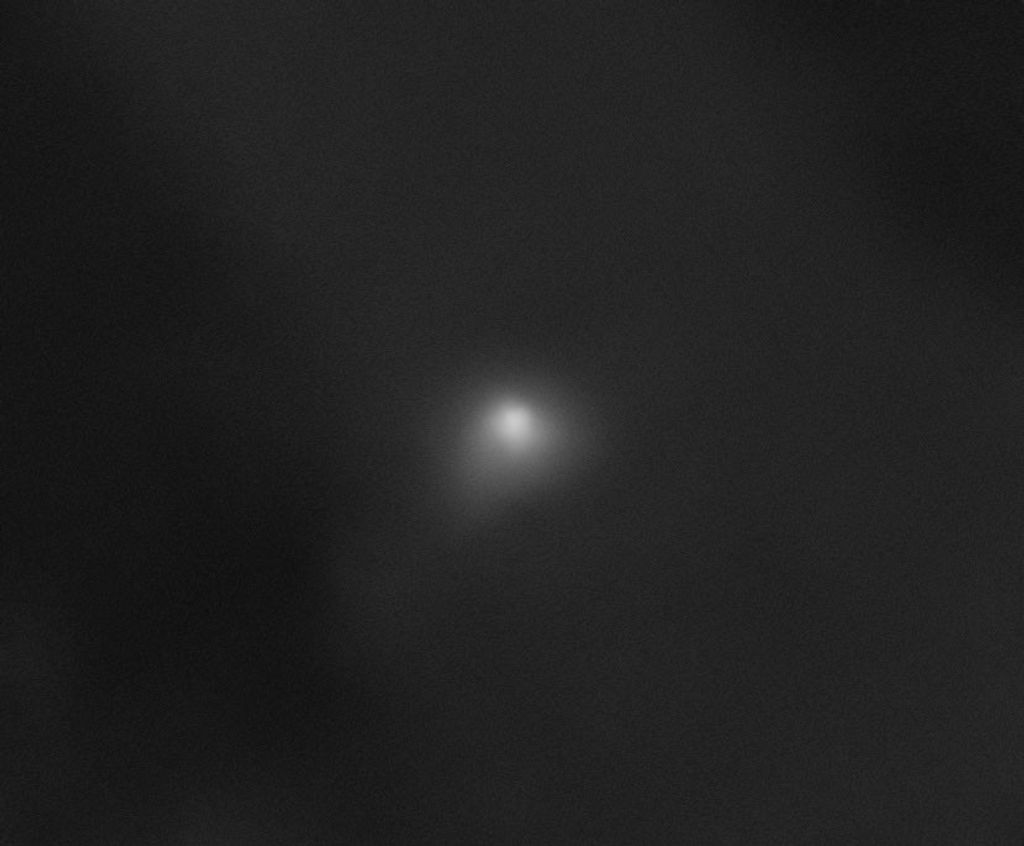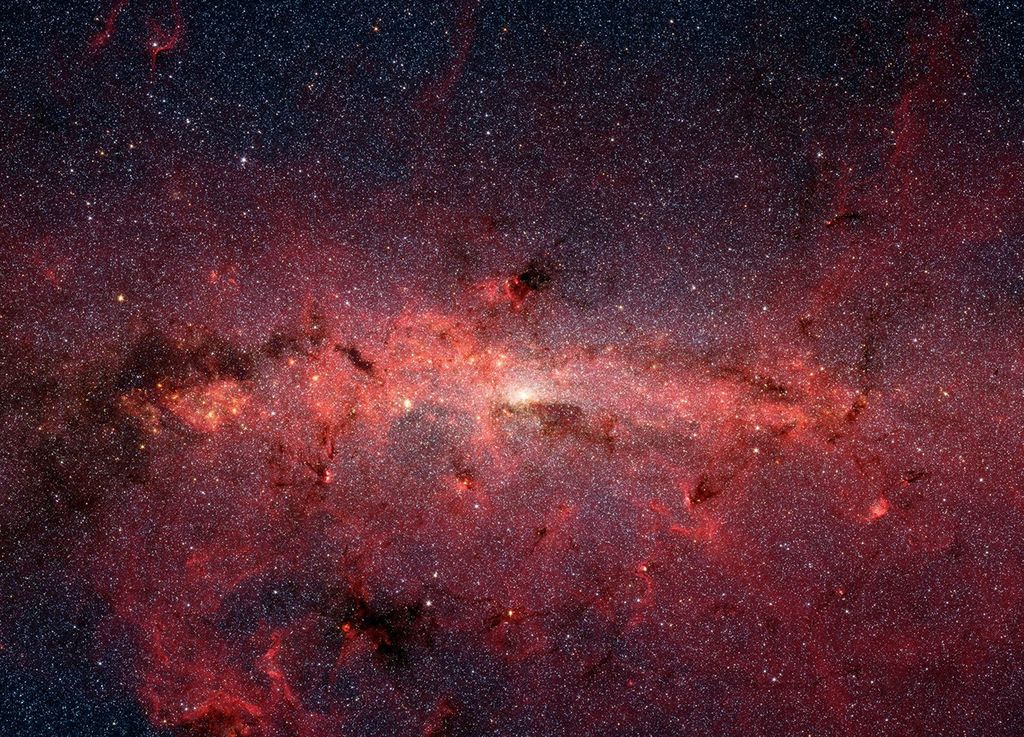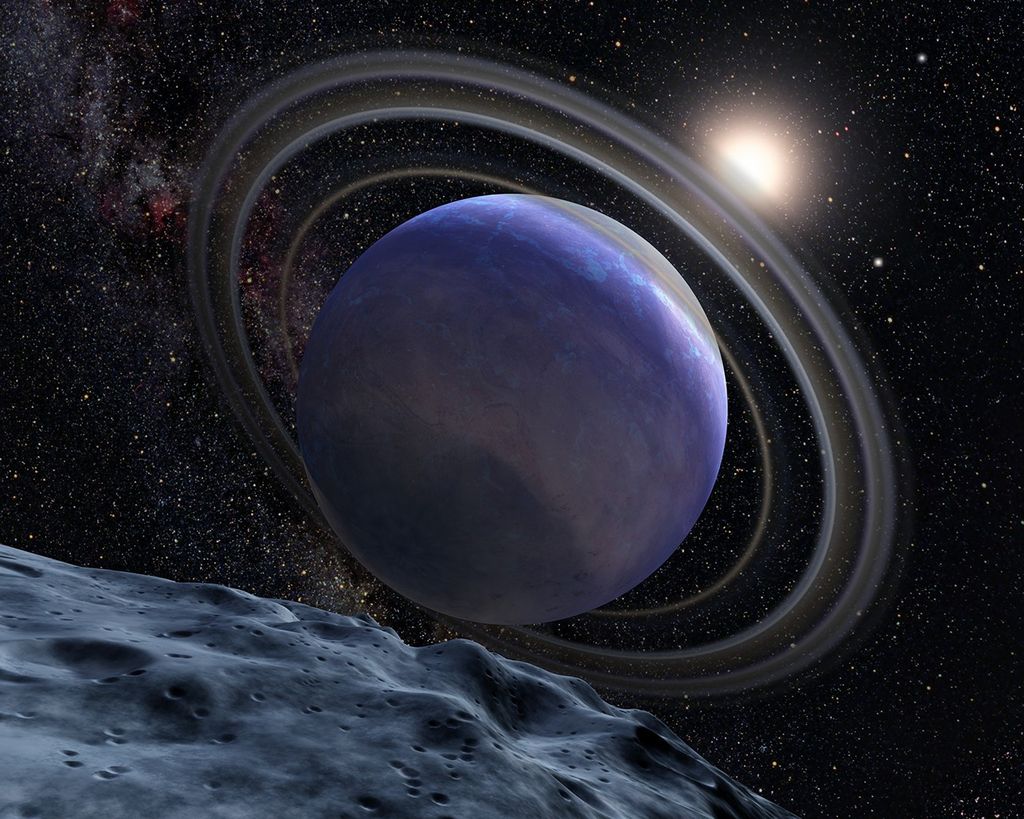NASA’s PUNCH Spies Interstellar Comet 3I/ATLAS
NASA’s PUNCH (Polarimeter to Unify the Corona and Heliosphere) mission observed interstellar comet 3I/ATLAS during its passage through the inner solar system.
The mission’s ability to observe areas of the sky near the Sun allowed PUNCH to track the comet as it passed close to our star, when few other observatories could.

This image was created from multiple observations taken by PUNCH from Sept. 20 to Oct. 3 that were stacked to make the comet stand out against the background stars, which appear as streaks in the image.
The PUNCH observations reveal the comet’s tail, visible as a slight elongation to the lower right.
The comet was very faint during these observations, so the PUNCH team was not sure whether the spacecraft would be able to see it clearly, as PUNCH is designed to study the Sun’s atmosphere and solar wind — not comets. However, stacking multiple observations from PUNCH brought out the comet and its tail.
“We’re really pushing the limits of the system,” said Kevin Walsh, a planetary scientist at the Southwest Research Institute in Boulder, Colorado. Walsh led PUNCH’s observations of the comet.

Comet 3I/ATLAS was discovered by the NASA-funded ATLAS (Asteroid Terrestrial-impact Last Alert System) survey telescope in Rio Hurtado, Chile, in July 2025. It is the third known object originating from outside our solar system discovered passing through our solar neighborhood.
While the comet poses no threat to Earth, multiple NASA spacecraft are studying it so scientists can learn as much as possible about this interstellar visitor before the comet leaves our solar system and heads back into interstellar space.
by Vanessa Thomas
NASA’s Goddard Space Flight Center, Greenbelt, Md.




























